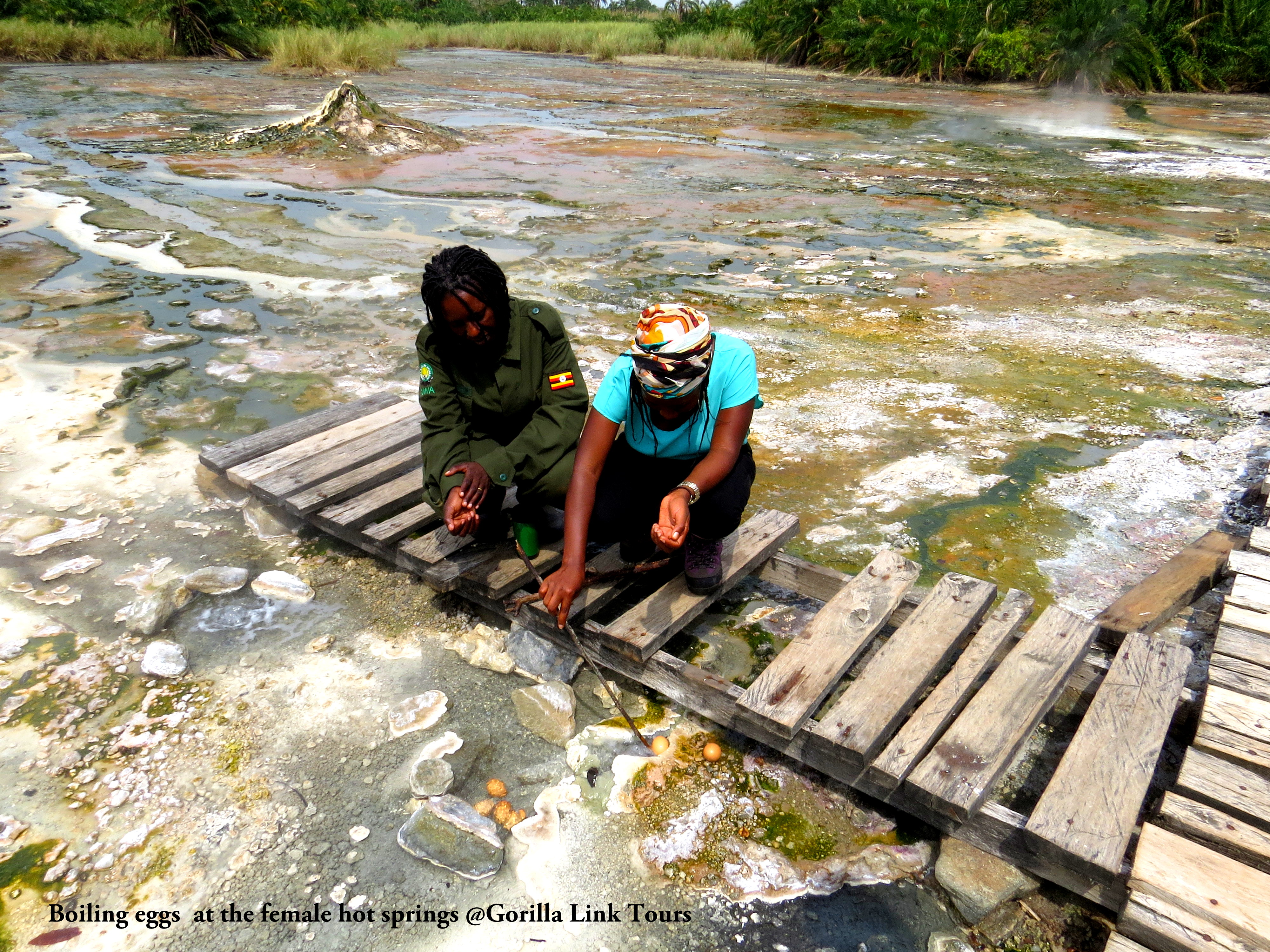- Home
- Uganda
- Uganda Safaris
- 19 Days Bird watching Uganda safari
- 18 Days Uganda wildlife & gorilla safari
- 14 Days best of Uganda wildlife safari
- 14 Days best of Uganda wildlife safari
- 12 Days Midrange Pearl of Africa Tour
- 12 Days Great Apes of Uganda & Rwanda
- 11 Days Uganda safari & cultural tour
- 11 Days Uganda Gorilla & Wildlife Safari
- 10 Days Uganda wildlife safari
- 10 Days Uganda Exclusive luxury safari
- 9 Day Uganda Family safari – Mid range
- 9 Day Rwenzori Margherita Peak Trek
- 8 Days Uganda Exclusive Wildlife Safari
- 8 Day Uganda wildlife Budget safari
- 8 Days Mountain Elgon Hike in Uganda
- Uganda Safaris
- 7 Days Gorillas, Chimps & Shoebill Safari
- 6 Day Mgahinga Gorilla Park via Kigali
- 6 Days Uganda Gorillas & Wildlife safari
- 6 Days Gorillas and Murchison Falls safari
- 5 Days Sipi trail hike on Mountain Elgon
- 5 Days Uganda road trip to Kidepo
- 5 Days Uganda Wildlife Safari
- 5 Days Rwenzori climbing safari
- 4 Days Queen Elizabeth Safari
- 4 Days Mgahinga Gorillas & Golden Monkeys
- 4 Days Lake Bunyonyi with gorilla tracking
- 4 Days Kidepo Wildlife Safari
- 4 Days Kibale and Queen Elizabeth safari
- 4 Days Sipi Falls and Pian Upe wildlife safari
- 4 Days hiking on sasa trail
- Fly-in Safaris
- More Uganda Safaris
- 4 Days fishing and the Big five safari
- 4 Days Uganda Gorilla Safari from Kigali
- 3 Days Chimpanzee habituation tour
- 3 Days Chimpanzee tracking tour
- 3 Days Uganda Gorilla tracking safari
- 3 Days Kibale forest chimp tracking tour
- 3 Days Murchison falls wildlife safari
- 3 Days Queen Elizabeth safari
- 3 Days Semliki National park safari
- Uganda Safaris
- Rwanda
- Kenya
- Tanzania
- Tanzania Safaris
- 22 Days Uganda – Kenya – Tanzania and Zanzibar
- 16 Days Safari in the Northern circuit
- 13 Days Tanzania Safari+ Zanzibar Holiday
- 12 Days Honeymoon Tanzania and Zanzibar
- 11 Days Tanzania Zanzibar Trip
- 10 Days Tanzania Safari Package
- 9 Days Safari Vacation Tanzania(Wildebeest migration)
- 8 Days Tanzania Holiday
- 6 Days Masai Mara & Serengeti Safari Holiday
- Tanzania Safaris
- 11 Days climbing Kilimanjaro – northern circuit
- 10 Days Zanzibar Island
- 9 Day Masai Mara and Serengeti Safari Holiday
- 8 Days climbing Kilimanjaro – Marangu Route
- 6 Days Tanzania Northen Circuit Safari
- 4 Days Tanzania Safari Extension
- 4 Days Serengeti and Ngorongoro Crater Safari
- 3 Days Tarangire, Ngorongoro & Lake Manyara
- 3 Days Serengeti Safari Package
- Fly-in Safaris
- Tanzania Safaris
- Zimbabwe
- Congo
- Congo Safaris
- 11 Days Combination Adventure Burundi, Rwanda and the DRC
- 9 Days Combination of Gorilla Trekking (the DRC & Rwanda)
- 8 Days Rwanda, Uganda & Congo (DRC) Gorilla Trekking Trip
- 7 Days Mountain & Lowland Gorilla Tracking Rwanda & Congo
- 6 Days Combined Adventure Bonobos & Lowland Gorillas DRC
- 5 Days Lowland Congo Gorilla Trek Safari
- 5 day gorillas golden monkeys and Nyiragongo hike
- Congo Safaris
- 5 Days Uganda Gorilla Trek and Nyiragongo Volcano Hike
- 5 Days gorilla tracking Congo with Nyiragongo Volcano hike
- 4 Days Congo Gorilla Trek and Nyiragongo Volcano Hike
- 3 Days Lowland gorilla tour in Congo
- 3 Days Eastern Lowland Gorilla Trekking in Congo
- 3 Days Mount Nyiragongo Volcano Hiking Trek
- 3 day Nyiragongo volcano tour
- Congo Safaris
- About Us
- Get In Touch

